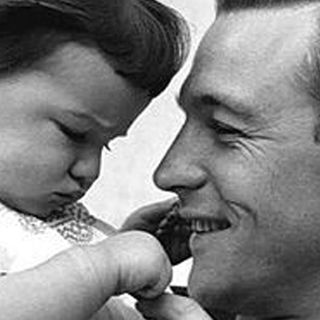How do you know if gender stereotypes are changing? Ask a kid to draw a scientist.
Researchers at Northwestern University in the US have analysed five decades of “Draw-A-Scientist” studies carried out since the 1960s, finding students are now depicting scientists as female more than ever — suggesting stereotypes that associate men with STEM professions have diminished in recent years.
“Given this change in stereotypes, girls in recent years might now develop interests in science more freely than before,” said study lead author David Miller, of Northwestern University. “Prior studies have suggested that these gender-science stereotypes could shape girls’ interests in science-related activities and careers.”
The study combines results of the “Draw-A-Scientist” project from more than 70 U.S. studies that included 20,000 children ranging from kindergarten through 12th grade. The first studies, conducted between 1966 to 1977, showed less than 1% of 5,000 children, when asked to draw a scientist, drew an image that resembled a woman. Almost all the drawings depicted men working beside laboratory equipment, wearing lab coats, glasses and with facial hair.
Between 1985 and 2016, more than a quarter of children began drawing female scientists. While both boys and girls drew female scientists, on average, girls drew them more often than boys did.
“Our results suggest that children’s stereotypes change as women’s and men’s roles change in society,” said study co-author Alice Eagly, a psychologist at Northwestern University’s Weinberg College of Arts and Science. “Children still draw more male than female scientists in recent studies, but that is expected because women remain a minority in several science fields.”
Children form gender stereotypes in grade school, the researchers said; kids below the age of 5 drew equal ratios of male and female scientists.
“These changes across children’s age likely reflect that children’s exposure to male scientists accumulates during development, even in recent years,” said David Uttal, a co-author of the study.
The process of changing these stereotypes is gradual and happens as the number of women entering STEM fields increases and as teachers and parents actively promote representations of scientists of both genders in education, conversation and popular culture.
But even as gender stereotypes change, it’s unclear whether actual parity is the result. Another, recent study shows that countries with greater gender equality have fewer women graduating with degrees in science, technology, engineering and mathematics. Interestingly, countries with less welfare support and less gender equality have more women entering generally high-paying STEM fields. It is thought that, in countries that provide better social security, women opt out of STEM fields by choice, as they have more routes to financial security.
The more things change…




